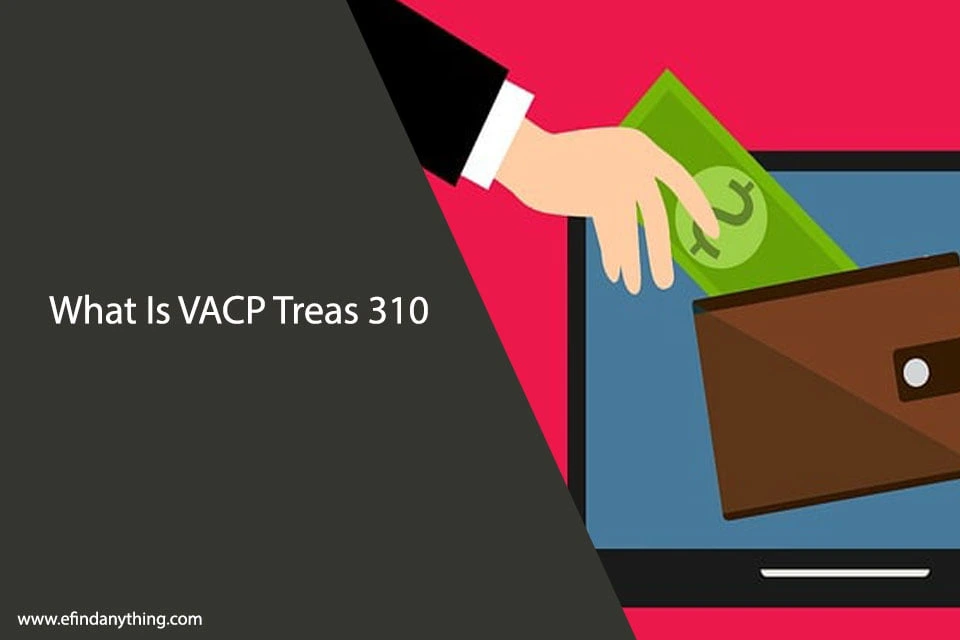
When taxpayers discover errors or omissions on their original tax returns, they may need to submit an amended return to correct these mistakes. An amended refund is the amount owed to a taxpayer when this revised tax return shows that they paid more tax than they owed. Given that tax situations can be complex and errors do happen, understanding how to handle an amendment is essential. From simple arithmetic mistakes to overlooked deductions, knowing how to navigate the process of amending your tax return can have a significant impact on your financial health. Below, we’ll delve into what taxpayers should know about amended tax refunds.
The Process of Amending Your Tax Return and Requesting a Refund

“Where’s My Amended Tax Refund?” is a common question after submitting corrections to a tax return. To start the amendment process, review your original filing for any mistakes or missing information. Use Form 1040-X to make updates, clearly showing the original figures, the changes, and why they’re needed. Attach any relevant documents like updated W-2s or receipts, and ensure all numbers match to prevent delays.
Amended returns must be mailed and go through manual review, so they take longer to process than regular e-filed returns. The IRS tracking tool for amended returns usually updates about three weeks after mailing. While waiting, staying organized and patient is important.
Understanding the Basics of an Amended Tax Refund
An amended tax refund is a form provided by the Internal Revenue Service (IRS) to taxpayers who need to make changes to a tax return after filing. Common reasons include reporting additional income, changing filing status, or correcting errors in dependents. The IRS issues the refund after processing the amended return, but processing times may be longer.
Not all corrections require an amended tax return, but understanding amendable issues is crucial. An amended tax refund can provide financial relief if overpaid, but it requires careful approach to ensure accuracy and compliance with tax laws. An amended return must be filed within three years of the original return or two years of payment.
Situations That Warrant the Filing of an Amended Tax Return
An amended return is often necessary when taxpayers discover they missed claiming tax credits or deductions, such as charitable donations or the Earned Income Tax Credit. Changes in filing status, such as changing from single to married filing jointly or correcting income reported, can also lead to an amended return.
Discrepancies in dependent claims, such as forgetting to include a child or incorrectly claiming someone as a dependent, can also necessitate an amended return. Homeowners who refinanced or sold property may find discrepancies in reported capital gains or interest deductions, necessitating an amended return.
What to Expect After Filing an Amended Tax Return

The IRS processes amended tax returns, which may take up to 16 weeks. During this time, they may contact taxpayers for clarification. Once processed, they send a notice outlining changes to tax liability and refund amounts. It’s crucial to review this notice to ensure all corrections are accounted for and to understand any impact on tax records.
If a refund is issued, it’s usually by check, and it’s important to keep your address updated with the IRS. Amendments to your tax return can also affect your state tax liability, so check with your state tax agency.
Common Questions and Misconceptions About Amended Tax Refunds
Many taxpayers believe that amending a tax return will trigger an audit, but this is not the case. Amendments are a step towards rectifying incomplete or incorrect information, not an admission of wrongdoing. Refunds from amended returns may not arrive as quickly as ordinary tax refunds, as they require manual processing and can take several months.
There are specific deadlines for amending returns, and there is confusion about amended returns and electronic filings. Currently, amended returns cannot be e-filed and must be mailed to the IRS, which is slower but necessary due to the lack of electronic systems.
Overall, navigating the complexities of an amended tax refund requires a careful, informed approach. Whether you’ve discovered a simple error or a significant oversight, promptly correcting the mistake within the IRS guidelines can ensure the proper handling of your tax affairs and the rightful return of any overpayments.











